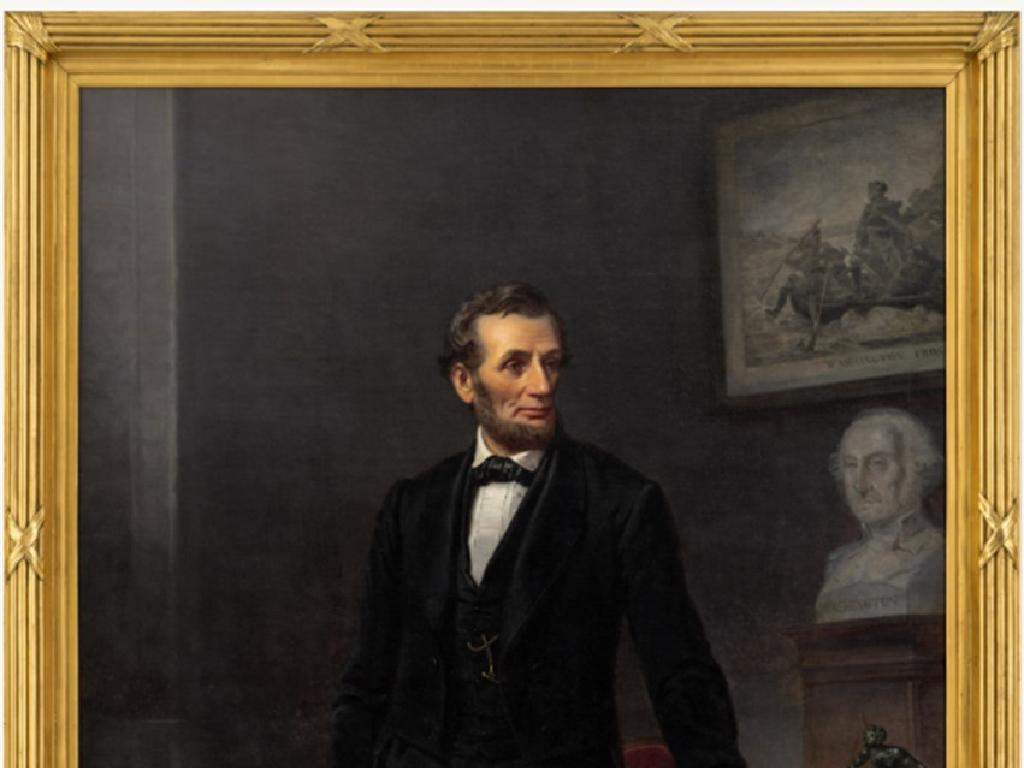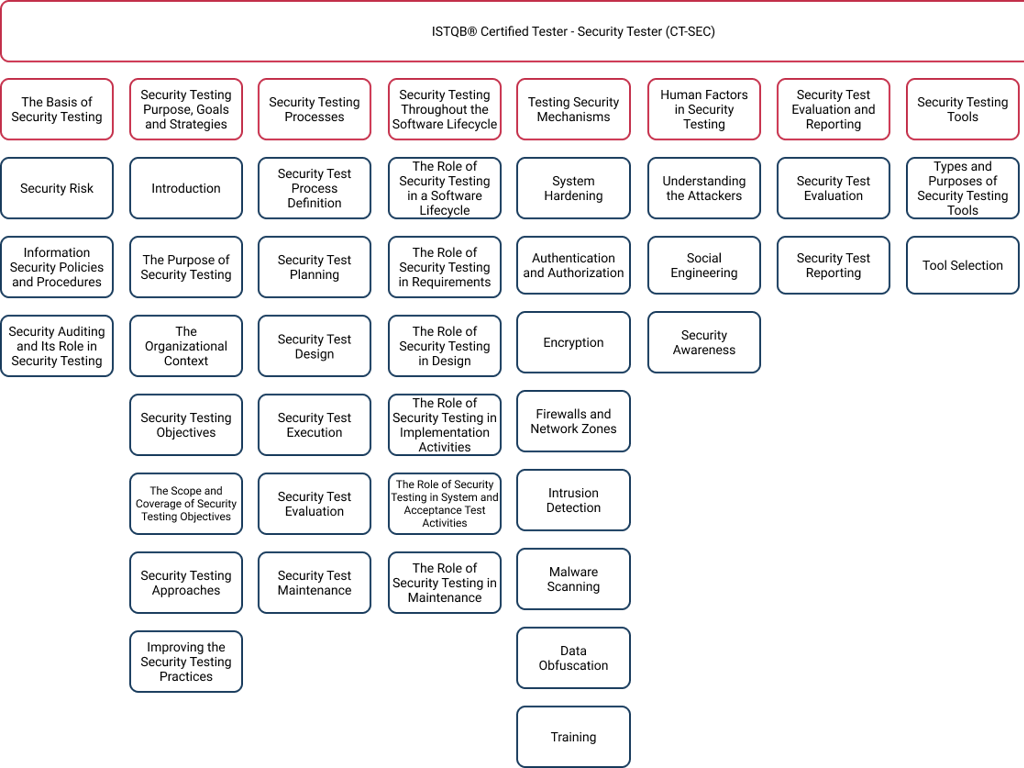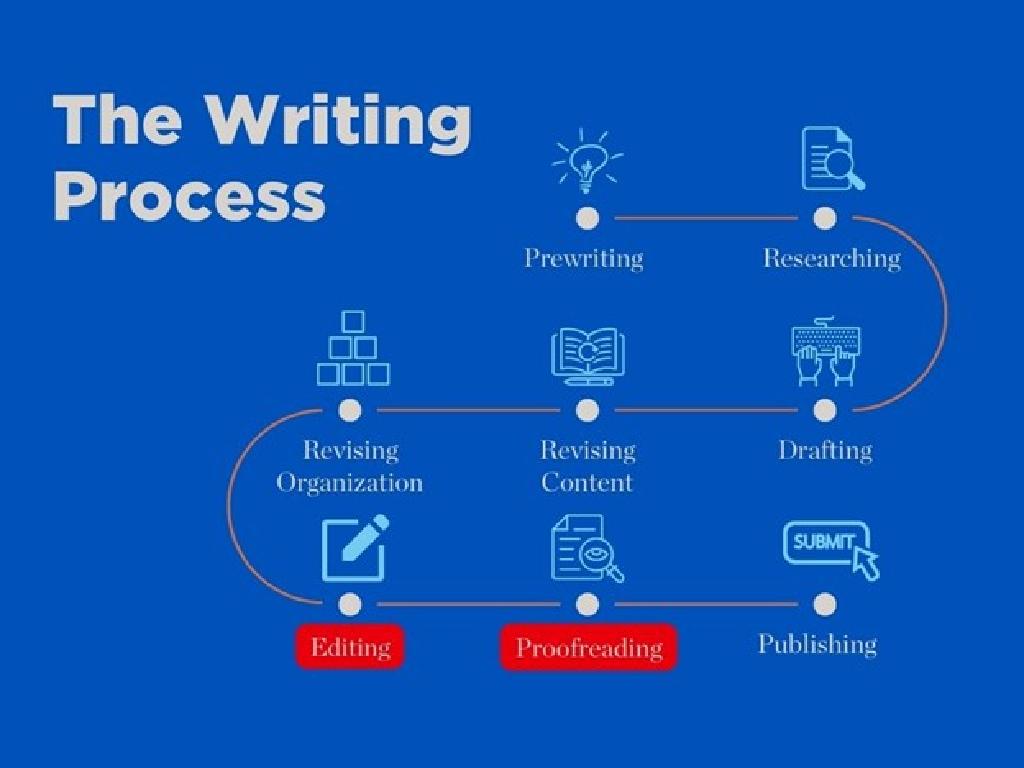Match Unit Fractions To Models
Subject: Math
Grade: Third grade
Topic: Understand Fractions
Please LOG IN to download the presentation. Access is available to registered users only.
View More Content
Welcome to Fractions: Unit Fractions
– What is a unit fraction?
– A unit fraction has 1 as the numerator.
– Fractions are everywhere
– Fractions can describe slices of pizza or pieces of cake.
– Parts of a whole
– Fraction models
– Visual aids like pie charts show fractions clearly.
|
Begin the lesson by explaining that a unit fraction is a type of fraction where the top number (numerator) is always 1. It represents one part of a whole that is divided into equal parts. Show examples of unit fractions using everyday scenarios, such as one slice of a pizza or one piece of a chocolate bar, to make the concept relatable. Discuss how fractions are not just numbers, but they represent parts of any whole item. Introduce fraction models like pie charts or fraction bars to visually demonstrate how a whole is divided into equal parts and how each part is a unit fraction of the whole. Encourage students to think of other examples from their daily lives that involve fractions.
What is a Fraction?
– A fraction shows part of a whole
– Numerator and denominator explained
– Top number (numerator) is the part we have, bottom number (denominator) is the total parts
– Example: 1/2 as a fraction
– 1/2 means 1 out of 2 equal parts of something, like cutting an apple in half
– Matching fractions to pictures
– Draw a circle, cut it in half, color one to show 1/2
|
Introduce the concept of fractions to the students by explaining that a fraction represents a part of a whole item or a group of items. Clarify the roles of the numerator and the denominator, with the numerator indicating the number of parts being considered and the denominator indicating the total number of equal parts that make up the whole. Use visual aids like a cut apple or a drawn picture to illustrate 1/2, showing one part shaded out of two equal parts. Encourage students to draw their own models and match fractions to these visuals to solidify their understanding. This will help them grasp the concept of unit fractions and how they represent parts of a whole.
Unit Fractions and Models
– What is a unit fraction?
– A fraction with 1 as the top number
– Each part is equal in size
– Examples of unit fractions
– Like 1/2, 1/3, 1/4, each slice is 1 part of the whole
– Matching fractions to models
– Visualize fractions with shapes divided into equal parts
|
This slide introduces unit fractions, which are the building blocks for understanding all other fractions. Emphasize that the numerator, or top number, is always 1 in a unit fraction, indicating one part of a whole. Show that each part of a unit fraction is the same size, which is crucial for understanding equal parts of a whole. Provide examples such as 1/2, 1/3, 1/4, and so on, and use visual aids like pie charts or bar models to match these fractions to their representations. This will help students visually grasp the concept of fractions and their equivalence to parts of a whole. Encourage students to draw their own models and match unit fractions to them for a better understanding.
Matching Unit Fractions to Models
– Identify unit fraction from models
– Look at shapes divided into parts, find 1 part
– Denominator indicates total parts
– If a shape is cut into 4 pieces, the denominator is 4
– Match fractions to visual models
– Use shapes to connect the fraction to the right model
|
This slide is aimed at helping third-grade students understand the concept of unit fractions using visual models. Begin by explaining that a unit fraction is a fraction where the numerator is one and the denominator indicates how many equal parts the whole is divided into. Show different shapes divided into equal parts and ask students to identify the fraction representing one part of the whole. Reinforce the concept that the denominator tells us the total number of equal parts. Provide various visual models and have students practice matching written unit fractions to the corresponding part of the model. This activity will solidify their understanding of unit fractions and how to identify them in a visual context.
Real-Life Fractions: Understanding Through Examples
– Fractions in daily objects
– See fractions in things like pizza slices, pie pieces, and chocolate bars.
– Slices to make a whole pizza
– If a pizza is cut into 8 slices, each slice is 1/8 of the pizza.
– Sharing as fractions
– When you share treats equally, you’re dividing them into fractions.
– Visualizing fractions
– Draw pictures to show parts of a whole, like cutting an apple into 4 pieces.
|
This slide aims to help students see fractions in the world around them, making the concept more concrete and relatable. Use everyday examples like pizza slices to illustrate how a whole can be divided into equal parts, each part being a fraction of the whole. Encourage students to think about how they share items equally, such as dividing a chocolate bar among friends, to understand the concept of fractions in a practical context. Visual aids like drawings or physical objects can be very effective in helping third graders grasp the idea of fractions representing parts of a whole. During the lesson, engage students by asking them to bring up their own examples of fractions they encounter in daily life.
Let’s Practice Together: Matching Fractions
– Group activity with fraction models
– Match unit fractions to model parts
– Find the piece of the model that represents 1/2, 1/3, 1/4, etc.
– Discuss correct matches as a class
– Understand why matches are correct
– Explain why a certain piece matches with 1/2, 1/3, 1/4, etc.
|
This slide introduces an interactive group activity where students will use physical or visual fraction models to match unit fractions to the corresponding parts of each model. Divide the class into small groups and provide them with different fraction models, such as pie charts, bar models, or sets of objects. Each student should take turns to match a unit fraction to the correct part of the model and explain their reasoning. After the activity, lead a class discussion to review the matches and reinforce the concept of unit fractions. Encourage students to articulate why each match is correct, which will help deepen their understanding of fractions. Prepare to offer guidance and clarification as needed.
Class Activity: Fraction Bingo!
– Receive your Fraction Bingo card
– Listen as unit fractions are called out
– Find and mark the matching model
– Use the models on your card to find the fraction
– Shout ‘Fraction Bingo!’ when you complete a row
|
This interactive activity is designed to help students recognize and match unit fractions to their corresponding visual models. Each student will receive a Bingo card filled with different fraction models. As the teacher calls out unit fractions, students will look for the visual representation of that fraction on their card and mark it. This game will reinforce their understanding of fractions in a fun and engaging way. For the teacher: Prepare Bingo cards with various fraction models beforehand. Ensure that each card is unique to make the game fair. As you call out the fractions, give students time to find and mark the correct model. Be ready to check the winning card for accuracy to confirm the ‘Fraction Bingo!’ shout.
Unit Fractions: Recap & Homework
– Review of unit fractions
– Remember, unit fractions have 1 as the numerator.
– Unit fractions in daily life
– Think about pizza slices or a chocolate bar divided into equal parts.
– Homework: 5 unit fraction examples
– Find objects at home, like a pie, and draw parts to show unit fractions.
– Be ready to present your drawings
|
As we conclude today’s lesson, let’s recap the concept of unit fractions, which are fractions with a numerator of 1. Understanding unit fractions is essential as they form the building blocks for understanding more complex fractions. Encourage students to think about how fractions are used in everyday life, such as dividing a pizza or sharing a treat equally. For homework, students should find real-life examples of unit fractions at home and draw them. This could be a pie cut into slices, a chocolate bar divided into squares, or a jug of water measured into cups. They should draw these examples, clearly showing the unit fractions. In the next class, students will have the opportunity to present their drawings and explain the unit fractions they’ve found, reinforcing their understanding through practical application.






